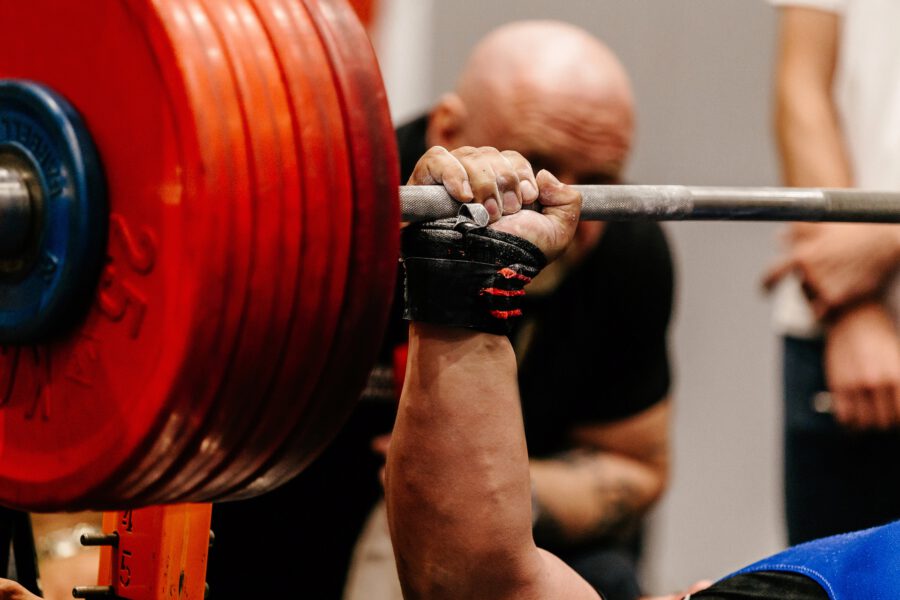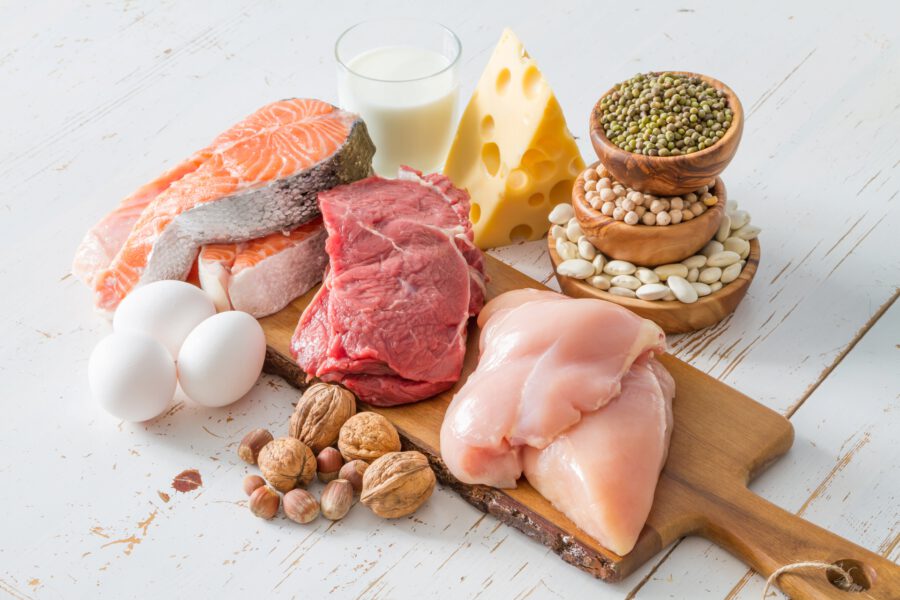4 Less Than Obvious Reasons You’re Not Getting Stronger (And What To Do About It)
Few things in the gym world are as frustrating as being stuck on a strength plateau. You’re hitting the gym consistently and sweating through your weights sessions, but the weight on the bar just won’t budge. Meanwhile, you see other people’s poundages regularly climbing.
So, what gives?
In this article, I’ll identify four common, but not so obvious, reasons you may be stuck in a strength rut - and how to overcome them.
Going for a one-rep max takes a lot of energy, both mental and physical. It is also very taxing on the central nervous system. If you are attempting one rep max too often, you are going to over stress your body, impair your ability to recover, and prevent yourself from making gains in either muscle mass or strength. You are also likely to end up in a state of burnout.
Trying to hit a one-rep max too frequently will also increase your risk of injury. The majority of gym injuries occur when trainers are attempting max lifts, especially on the bench press and squat.
You should treat going for a one-rep max the same as you would competing at a weightlifting meet. That means only testing your max strength a couple of times each year. That is good advice whether you are a powerlifter, bodybuilder, or weightlifter.
When it comes to consistently increasing their strength level, not many people factor sleep into the equation. A case could be made, however, that it is the most crucial factor of all. When you work out in the gym, you are actually making your muscles weaker and smaller. It is only when you rest, recuperate and feed your muscles that they will bounce back bigger and stronger.
Sleep is a key element of the recovery process. It is when you are sleeping that the body undergoes protein synthesis to repair and rebuild damaged muscle tissue. When you’re sleeping, your anabolic hormones - growth hormone and testosterone - are maximized.
Plan to regulate your sleeping habits, getting between 7-8 hours of sleep each night. One study showed that athletes who averaged fewer than 8 hours of sleep per night were at the greatest risk of training injury.
To maximize both the quality and quantity of your sleep, you should keep all technology out of the bedroom. By keeping your phone, TV, and other technology out of your bedroom, you’ll be avoiding all of that stimulation that is designed to do the opposite of winding you down.
Determine to no longer follow an erratic sleep pattern. When you stick to a schedule of going to bed and getting up at the same time, your body will respond by establishing a rhythm of sleep. But when you are constantly hitting the sack at different times, you’ll end up confusing your biological clock. Not only will you find it harder to get to sleep, but your production of the anabolic hormones testosterone and growth hormone will be impeded.
To get stronger, you need to keep increasing the stress on your muscles. There are several ways to do that. These are the variables of your workout. Unless you are optimally programming each variable, you won’t get the strength returns that you desire.
The key training variables that will affect your strength levels are:
- Weight Progression
- Rest Between Sets
- Training Tempo
- Repetitions
To get stronger, you need to push hard to do a little bit more every workout. For strength gains, you should train within the 3-8 rep range. Work to add incremental weights to the bar consistently.
To be able to get the most out of each set, you need to get a sufficient amount of rest between sets. Ideally, you should be sufficiently rested so that your energy levels are back to their pre-set level. That will require around 3 minutes of rest between sets. That’s probably longer than you’re used to and it can be a challenge to rest for that long. One way to do it is to superset with an unrelated body part. For example, you could superset barbell curls with calf raises.
As far as tempo goes, if your goal is to develop power and strength, your rep speed should be a little faster than if you were focused on muscle hypertrophy. A cadence of one second up (concentric), zero seconds transition, and one second down (eccentric) is best for strength and power development.
Food is the fuel that powers your training. If you are not getting enough, you simply won’t be able to get stronger. You probably know that you need protein to provide the amino acids to rebuild damaged muscle cells. But you also need fats for energy and to regulate your anabolic hormones. Carbohydrates are required to deliver the glycogen that fuels your muscles.
Focus on eating whole foods, such as meats, vegetables, and starches. I recommend eating 5 meals per day, spacing them about 3 hours apart. At each meal get a fist-sized portion of protein.
I also recommend supplementing with creatine. Take 5 grams every day, including your non-workout days. Creatine will replenish your ATP energy levels, allowing you to push harder through every set. ATP exhausts very quickly, so having reserves of creatine to draw upon can make the difference between failing and succeeding on a rep.
Often the difference between strength stagnation and progression comes down to making minor adjustments to what you’re doing in and out of the gym. In this article, we’ve drilled down on two things to finetune in the gym and two outside of it. When it comes to your training, do the following:
- Train within a 3-8 rep range
- Rest 3 minutes between sets
- Use a 1-0-1 training tempo
- Only test your one-rep max a couple of times per year
Outside of the gym, prioritize your sleep, maintaining a consistent bed routine where you get 7-8 hours of sleep each night. Eat 5 meals per day, spacing them 3 hours apart, and consume a balance of protein, carbs, and fats. Finally, supplement daily with 5 grams of creatine. Implement these hacks and your strength levels will start going forward.


